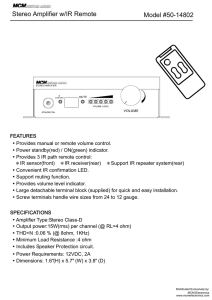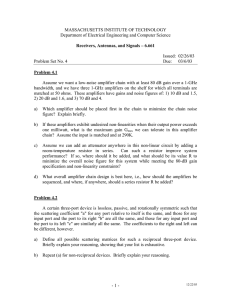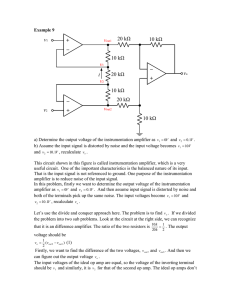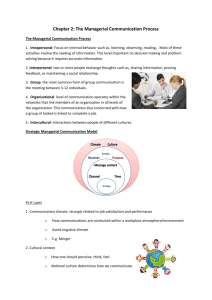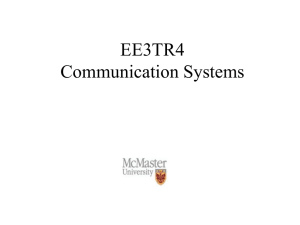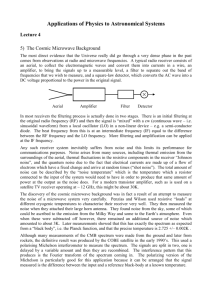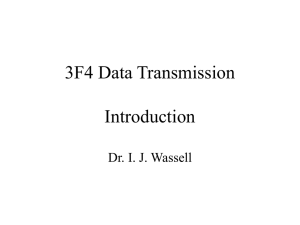sathyabama university
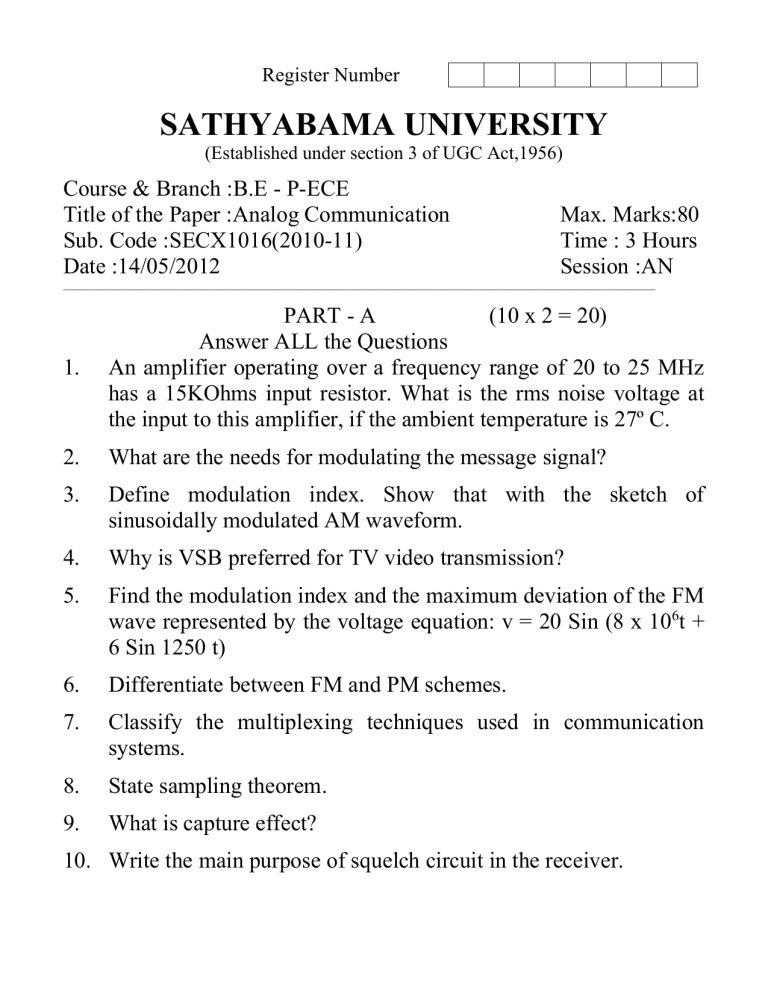
Register Number
SATHYABAMA UNIVERSITY
(Established under section 3 of UGC Act,1956)
Course & Branch :B.E - P-ECE
Title of the Paper :Analog Communication Max. Marks:80
Sub. Code :SECX1016(2010-11) Time : 3 Hours
Date :14/05/2012 Session :AN
______________________________________________________________________________________________________________________
PART - A (10 x 2 = 20)
Answer ALL the Questions
1. An amplifier operating over a frequency range of 20 to 25 MHz has a 15KOhms input resistor. What is the rms noise voltage at the input to this amplifier, if the ambient temperature is 27º C.
2. What are the needs for modulating the message signal?
3. Define modulation index. Show that with the sketch of sinusoidally modulated AM waveform.
4. Why is VSB preferred for TV video transmission?
5. Find the modulation index and the maximum deviation of the FM wave represented by the voltage equation: v = 20 Sin (8 x 10 6 t +
6 Sin 1250 t)
6. Differentiate between FM and PM schemes.
7. Classify the multiplexing techniques used in communication systems.
8. State sampling theorem.
9. What is capture effect?
10. Write the main purpose of squelch circuit in the receiver.
PART – B (5 x 12 = 60)
Answer All the Questions
11. Define Noise Figure. What is its relationship with SNR?
Calculate the noise figure for an amplifier or a receiver.
(or)
12. Illustrate the noise figure degradation in cascaded amplifiers and derive its relationship with equivalent noise temperature.
13. With a neat circuit of Balanced modulator using FET, discuss its principle of working. Also obtain the output voltage.
(or)
14. What is the fundamental concept exist behind the operation of square law detection? Explain the same with neat sketches.
15. Which is the indirect method used for FM generation? Give details.
(or)
16. Explain the operation of Foster Seeley discriminator with circuit and phasor diagrams.
17. How does the Pulse Amplitude Modulation differ from Pulse
Position Modulation method? Illustrate your answer.
(or)
18. Design a speed control system which operates with the principle of PWM.
19. With a neat block diagram, explain the function of superheterodyne receiver.
(or)
20. By having a stereo matrix network decoder and a FM stereo and mono receiver, discuss the FM stereo reception.


